Read More
Crustumerium offers a unique opportunity to study many different aspects of Iron Age habitation in central Italy. Click the links below to learn more about the history of the site, the work carried out by the Groningen Institute of Archaeology, and the key results of our study of the Crustumerium’s settlement and funerary areas.
These web pages offer a snapshot of our work – for a detailed insight into Crustumerium we direct you to our publications page.
History
Despite playing an important role in Rome’s early history, the site was only rediscovered in the 1970s.
The Project
Since the summer of 2006, the GIA has been active at Crustumerium.
Settlement
From 850 BC onwards, Crustumerium grew into a considerable settlement.
Funerary Areas
Since the 1980s, the burial areas of Crustumerium have been a point of focus.
Publications
On this page you will find a recent list of publications on Crustumerium.
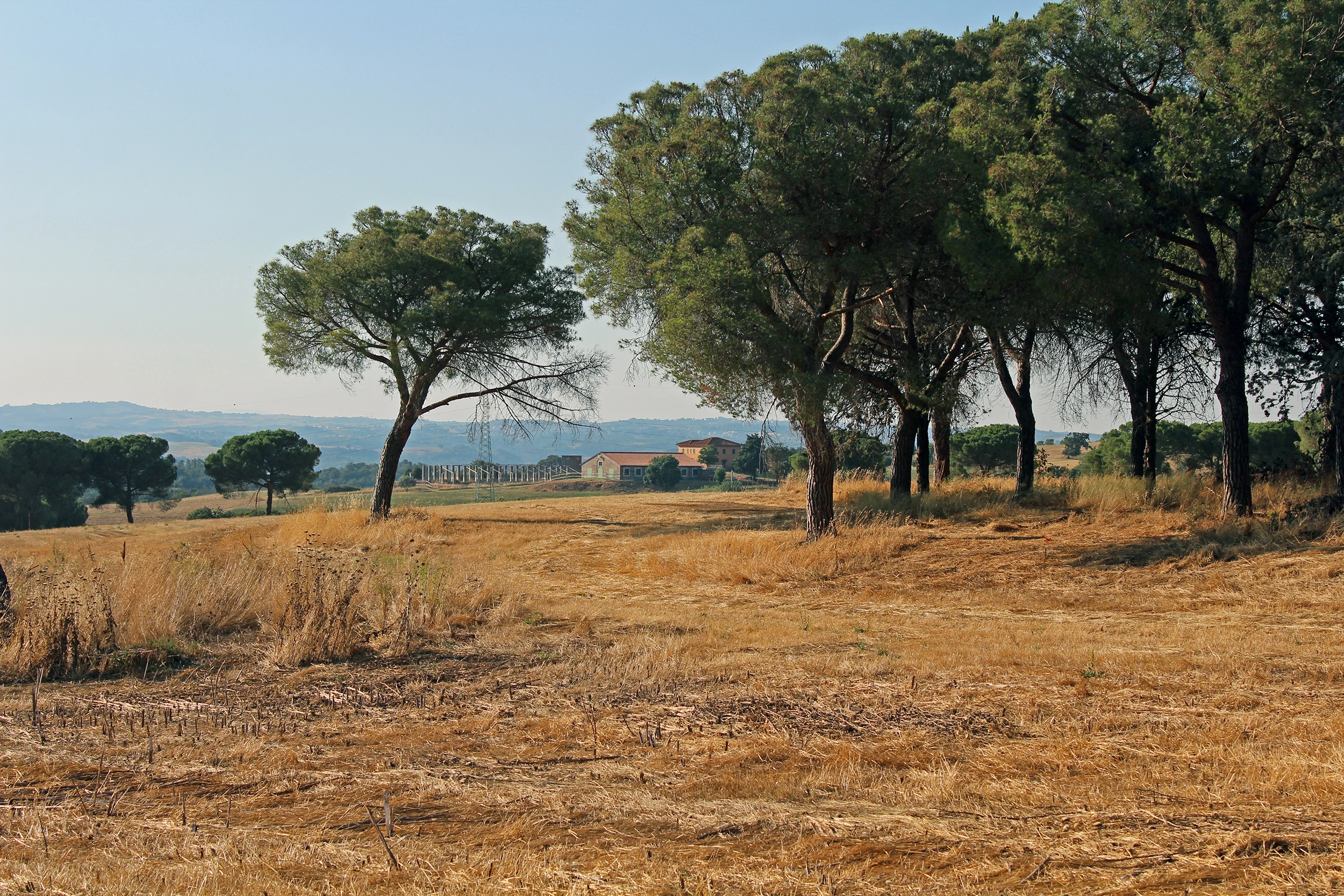
Publications
A full overview of our publications can be found below.
Crustumerium
Ricerche internazionali in un centro latino. Archaeology and identity of a Latin settlement near Rome
P.A.J. Attema, F. di Gennaro & E. Jarva (eds.) | 2013
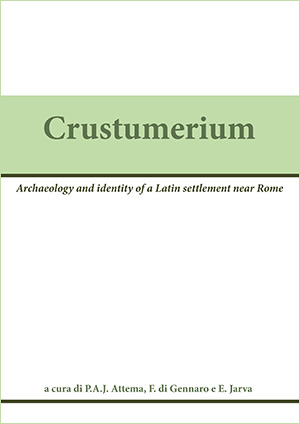
The present volume is the first to appear in the series Corollaria Crustumina that aims at publishing doctoral theses, conference proceedings and specialist studies on the Latin settlement of Crustumerium near Rome. It is dedicated to a conference entitled “In Search of the Identity of Crustumerium” that was held on the 5th of March, 2008, in Rome. Although the collection of papers presented in this volume appears almost five years after the conference, the editors are of the opinion that publishing the extended papers in book form is nonetheless worthwhile as the papers demarcate a specific phase in the archaeological investigations of Crustumerium.
Into the light
A study of the changing burial customs at Crustumerium in the 7th and 6th centuries BC
S.L. Willemsen | 2014
This PhD thesis sheds light on the obscure funerary record in Central Italy during the 7th and 6th century BC, to which only a small number of graves has been ascribed because these tombs generally contained very few or no grave gifts. However, recent excavations near Crustumerium have yielded a fairly large number of tombs dating to this period. The study of the Crustumerian funerary archive has revealed several remarkable changes in the funerary rituals after the end of the 7th century BC.

Crustumerium. Death and afterlife at the gates of Rome
Companion to the exhibition in the Ny Carlsberg Glyptoteket of Copenhagen
P.A.J. Attema, J.F. Seubers, S.L. Willemsen, A.J. Bronkhorst, P. Filippini, B. Belelli Marchesini, A. Malizia & A.M. Nielsen (eds.) | 2016
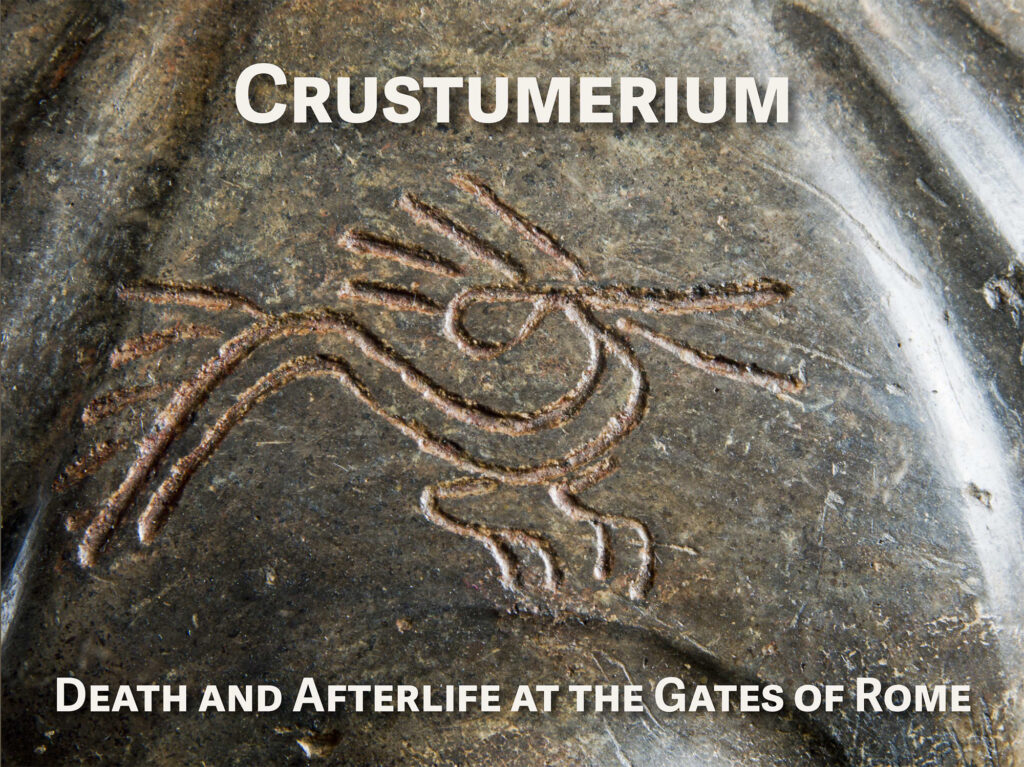
Conceived as a companion to the 2016 exhibition “Crustumerium, Death and Afterlife at the Gates of Rome” in the Ny Carlsberg Glyptoteket of Copenhagen, this book tells the multi-faceted story of an ancient Latin settlement located at only a few kilometers from Rome on the basis of years of painstaking interdisciplinary archaeological research. Following a historical and landscape archaeological introduction, the spotlight is on Crustumerium’s exceptional funerary record that is being meticulously excavated and safeguarded for the future by an international team of field archaeologists and restorers, allowing the reader an exceptional insight in the long journey from discovery in the field to showcase in the museum.
Early states, territories and settlements in protohistoric Central Italy
Proceedings of a specialist conference at the Groningen Institute of Archaeology of the University of Groningen, 2013
P.A.J. Attema, J.F. Seubers & S.L. Willemsen | 2016
This volume is the second of the series Corollaria Crustumina aimed at the publication of conference proceedings, doctoral theses and specialist studies concerning the Latin settlement of Crustumerium (Rome) and Italian protohistory. It contains multidisciplinary papers of an international group of archaeologists discussing new fieldwork data and theories of broad relevance to Italian archaeology and with specific relevance to the study of Crustumerium’s settlement, cemeteries and material culture in light of the site’s cultural identity.
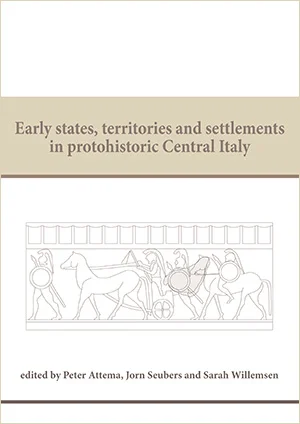
Scratching through the surface
Revisiting the archaeology of city and country in Crustumerium and north Latium Vetus between 850 and 300 BC
J.F. Seubers | 2020

This volume is the third in the series Corollaria Crustumina aimed at the publication of conference proceedings, doctoral theses and specialist studies concerning the Latin settlement of Crustumerium (Rome) and its place in central Italian protohistory. It contains the dissertation that Jorn Seubers wrote and defended at the University of Groningen as part of the project “The People and the State. Material culture, social structure and political centralisation in central Italy (800-450 BC)”. This detailed study of Crustumerium’s urban and rural settlement dynamics, for which the author assembled all data from previous work while adding new landscape archaeological studies and sophisticated territorial and data analyses, elaborates a new scenario on the relation between the urban core and its countryside.
The People and the State
Material culture, social structure, and political centralisation in Central Italy (800-450 BC) from the perspective of ancient Crustumerium (Rome, Italy)
P.A.J. Attema & A.J. Bronkhorst (eds.) | 2020
This volume is the fourth in the series Corollaria Crustumina and deals with the results of the project The People and the State, Material culture, social structure, and political centralisation in Central Italy (800-450 BC). This project of the Groningen Institute of Archaeology, carried out between 2010 and 2015 in close collaboration with the Archaeological Service of Rome, deals with the changing socio-political situation at ancient Crustumerium resulting from Rome’s rise to power.
The volume brings together data from the domains of geology, geoarchaeology, urban and rural settlement archaeology, funerary archaeology, material culture studies as well as osteological and isotope analyses. On the basis of these data, a relationship is established between changes in material culture on the one hand and developments in social structure and political centralisation in Central Italy on the other in the period between 850 and 450 BC.
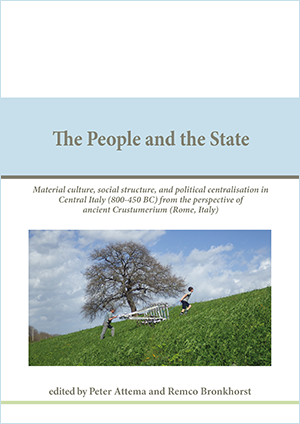
Current Activities
Archaeological mound of Quilici site O
In 2014, researchers of the GIA and the archaeological service of Rome discovered that a giant artificial mound at covered a mortuary record of 300 years. Further archaeological excavations and geophysical research, carried out until 2018, revealed the mound as having a complex stratigraphy and intricate spatial relationships with the surrounding settlement and burial grounds.
The results of this work are being prepared for publication by Peter Attema, Barbara Belelli Marchesini, Remco Bronkhorst, and Nikolaas Noorda as volume 5 in the series Corollaria Crustumina.
Crustumerium Burial Grounds
Publication Forum
The Crustumerium Burial Grounds Publication Forum is a digital publication platform in the format of a journal in which the tombs from the burial grounds of Crustumerium appear as individual papers in separate edited volumes.
The current focus is on the Monte Del Bufalo burial ground, which has been selected because of its outstanding wealth of funerary data, making it a rare opportunity to examine the development of mortuary practices between the ninth and early fifth century BC.



